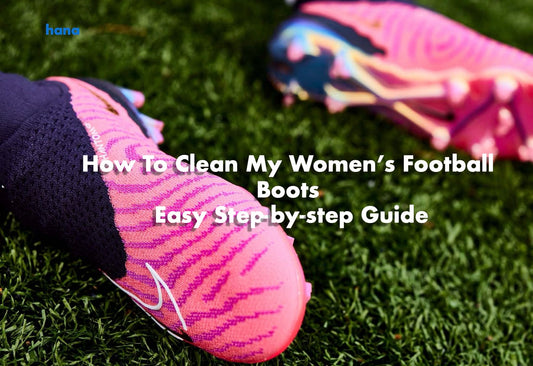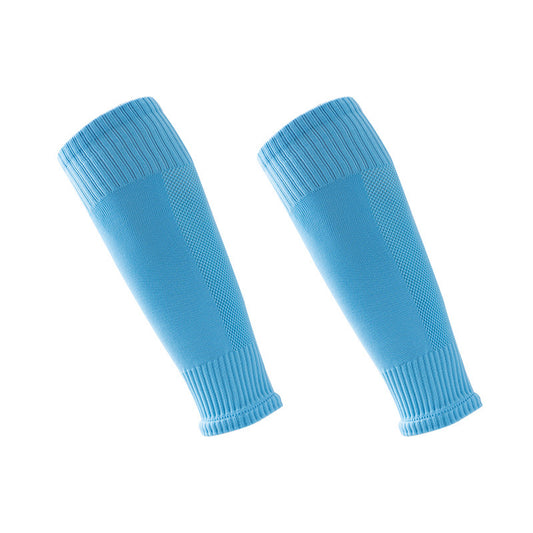You might have seen professional footballers stumble after dribbling through defenders but still manage to make accurate passes or shots just as they are about to lose balance, while you find it hard to do the same during your training and games. This is where coordination plays a role. But do you know why coordination is important in football, and how does it impact players' performance?
Coordination In Football
1. What is Coordination in Football?
Simply, coordination is the smoothness with which your movements connect with one another. Players with poor coordination look robotic when they kick or run, whereas good coordination ballers have seamless transitions between dribbling, passing, turning, and shooting.
This involves a combination of balance, timing, spatial awareness, and control. Players with high coordination can perform intricate skills, maintain control under pressure, and make quick decisions in the heat of the game.
According to Physiopedia, coordination is the ability to execute smooth, accurate, controlled motor responses. You can see how coordination function and why is so important from the gif below

via: SKILLER |diegodiquez
2. Coordination in Ball Control
The moment you receive the ball and prepare to dribble is when you're most vulnerable in terms of ball control. This is why defenders often choose this instant to press and tackle. If you can use good body coordination to quickly adjust your position after receiving the ball, or if you can set up your dribbling posture and accelerate faster than the defender, it becomes much harder for them to take the ball away from you.

3. Coordination in Aerial Duels
Coordination is vital when players compete for the ball in the air, as you must time your jumps accurately, use your positions and bodies correctly to gain an advantage. Don't think that aerial duels are just about height, with the tallest player always winning the header, it is wrong. Adjusting your stride before jumping to time your leap, spreading your arms to maintain balance in mid-air, engaging your core to add power to your header, and landing safely without injury—all these elements require coordination.

4. Coordination and Agility
Agility is closely related to coordination. Coordination can help you to maintain balance during rapid changes in direction, allowing you to stay on feet and keep the ball under control. This agility is essential for both offensive and defensive plays, as it enables players to navigate the field with ease and adapt to changing situations.

5. How to train your coordination in football
Given the importance of coordination in football, you might wonder how to train your coordination ability in an efficient way, that's also what we prepared for you today.
- Basic Training : Speed Ladder Drills
MBP School of Coaches highly recommends this training method because using a speed ladder not only helps players increase their footstep speed, but also greatly enhances the brain's decision-making system through different footwork variations. This is because the speed of brain response and footwork are fundamental to coordination.
We can follow training instructions from 7mlc.
- Pro training : hana coordination mix drills
We combined FIFA's training guidelines with suggestions from several London coaches to create this training approach. In this coordination mix drill, you'll work on several key areas: dribbling, sprinting through obstacles, precise passing, and contesting headers. This training set will help improve your coordination in running, ball control, and body balance in the air. You'll need a partner for this drill, but you can alternate between training and passing the ball to each other.










1 comment
بالتوفيق